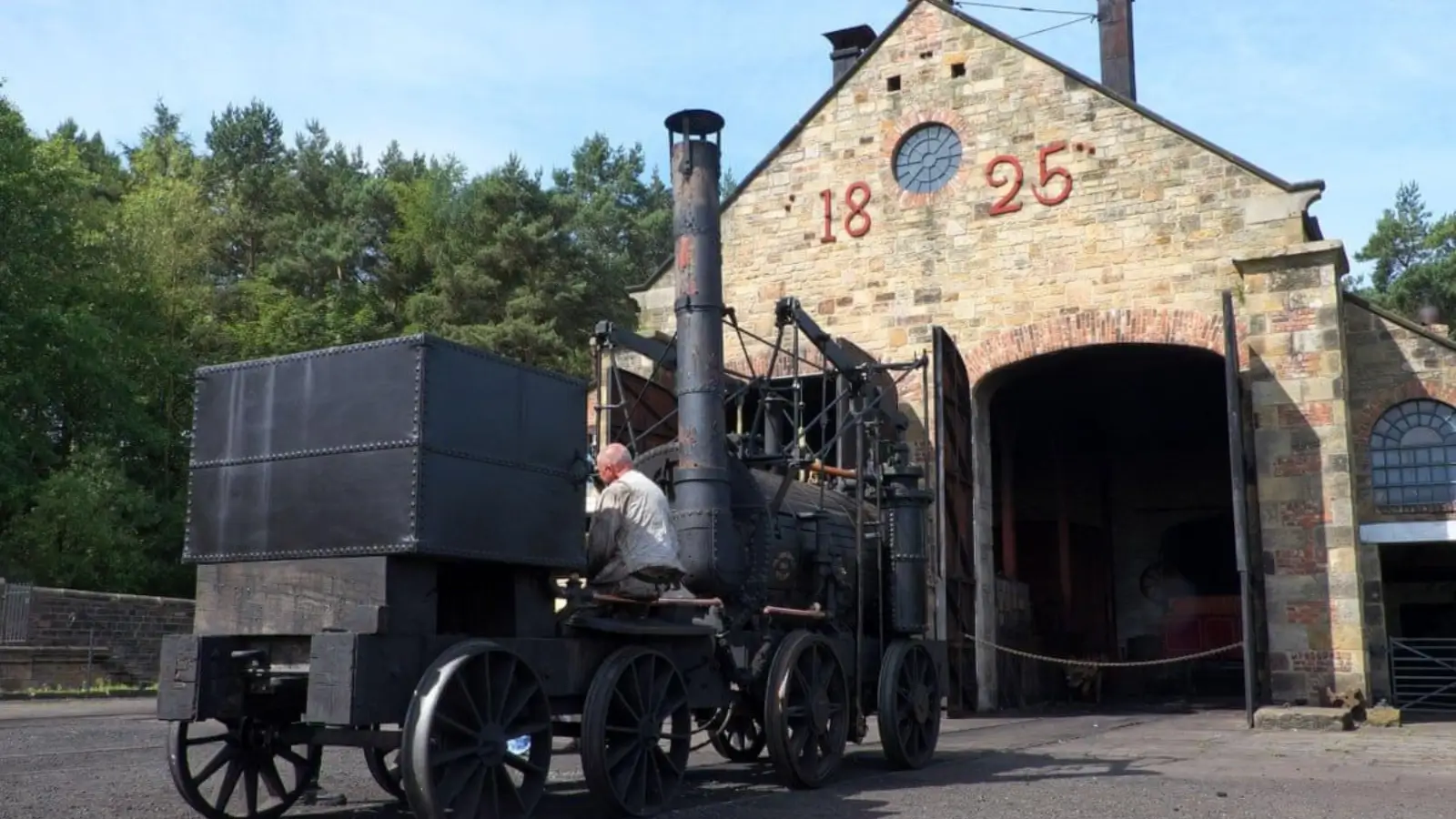


One of the most dramatic and least recognized changes is happening in the logistics and warehouse sector now, namely the accelerated modernisation of the systems currently used to enter warehouse spaces, with the roller shutters becoming upgraded to high-speed door systems. Warehouses are not just storage facilities anymore, but the centers of movement, temperature, and efficiency in the UK. And the doors that guard them are being reconsidered, too.
Today, the warehouse is not just the building where a good is kept, but a staged theater of forklifts, conveyors, cold stores, clean-rooms, and premium inventory. And the doorways between areas are critical points: open them too slowly and it wastes energy, it slows down work, and it accelerates the lack of security. As it closes and opens quickly, the entire facility buzzes.
The characteristics of modern high-speed doors include speed in opening/closing, strong resistance to drafts, enhanced temperature retention (hot or cold), enhanced safety (reduced chances of collisions), and increased control over air-flow and contamination. In terms of safety and productivity, they assist warehouses in managing traffic flows, minimizing downtime, ensuring high hygienic conditions, and saving energy.
Concisely, old-fashioned doors are turning out to be a liability.
Legacy doors have become problematic because of several operational headwinds:
Climate-sensitive areas are increasingly becoming costly to heat-loss or cold-air intrusion due to the soaring cost of energy.
As e-commerce and high-turnaround logistics increase, cycle speed counts: each additional second that a door opens or shuts costs.
Safety and compliance (Vallu, speciality food, pharma, or clean-tech warehousing) predominantly require closer regulation of ingress/egress, risk of contamination, and environmental segregation.
Aging doors need mechanical wear and maintenance downtime, which attracts latent expenses and flow discontinuity.
With such an environment, the warehouse managers cannot afford the door to be the weak link in the chain.
Firms are installing new types of high-cycle operation doors in place of slow-moving heavy doors.The doors open/close in seconds rather than minutes, seal well rather than leave openings, and can endure harsh conditions without breakdown. They are also more compatible with other systems:
sensors, traffic management, site-automation and temperature-monitoring. By so doing they can provide better operating uptime, less energy delivery costs, and increased facility integrity as also highlighted by high speed door suppliers.
It is not merely the quicker doors it is the smarter operations. Less HVAC load is better sealing. Increased throughput decreases snarls at docking bays. Better safety reduces the risk of accidents and insurance claims. Reduced downtime boosts throughput and profitability. Door systems are now strategic as opposed to periphery due to the urgency at hand with supply chain agility and cost control.
Before you invest in an upgrade, inquire:
How fast (open/close) is the proposed door, and what is its maximum number of cycles per hour/day?
What is the quality of insulation and sealing--particularly where temperature regulation is required?
What is the specification (collision sensors, break-away mechanisms, standard compliance?
What is the maintenance and lifecycle cost?
What does the door do with your traffic controls, dock equipment and automation?
The warehouse door may not be the most glamorous aspect of operations, but it is becoming one of the key pillars of efficiency and cost control. And with trends like warehouse robots spurs efficiencies redefining modern logistics, facilities relying on slow or outdated doors will soon feel the disconnect: slower throughput and higher expenditures, weaker hygiene and compliance risk.
Modernization of door systems, which are high-speed and high performing, is not an option anymore and is a business need. Do you not think it is quite time you took a look at your door infrastructure recently, and then now could be the right moment to open the door and to venture into the future.